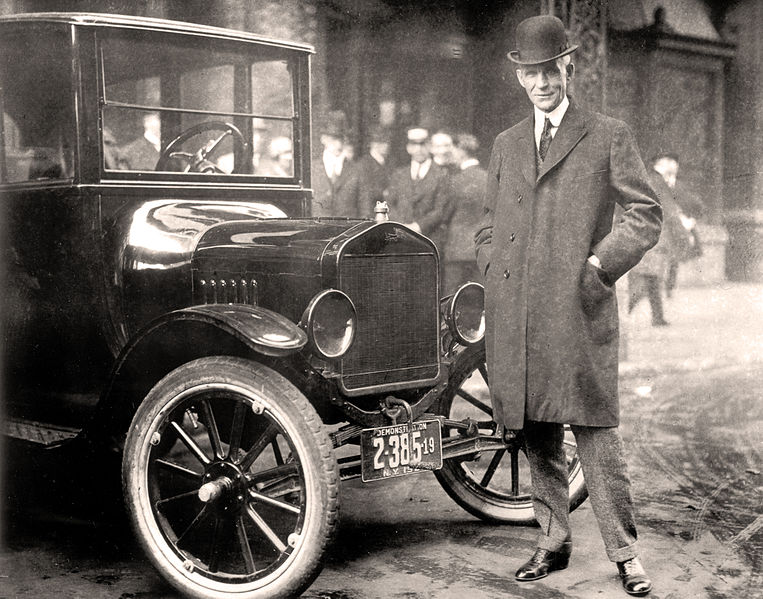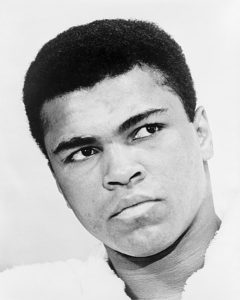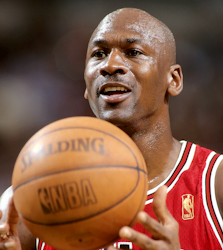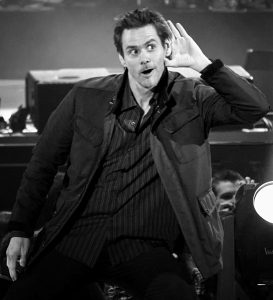Positive Visualization

Henry Ford once said, “Whether you think you can, or you think you can’t, you’re right.” What does a top-level basketball player do to prepare to take a free-throw shot? The player often goes through a routine, usually by dribbling a certain number of times, then assumes the shooting stance, and pauses. At this point, athletes like this, as well as successful professionals and public speakers, employ a technique called positive visualization or positive imagery, in which they pause a moment to imagine the best possible outcome before taking action. That basketball player, in the brief moment before taking the shot, imagines the ball arcing perfectly through the air, and swishing through the hoop, touching nothing but net. Consider these real-life examples:
 |
Muhammad Ali always stressed the importance of imagining himself victorious long before his actual fight. |
 |
Michael Jordan would always take the last shot in his mind before he took that shot in reality. |
 |
As a young actor, Jim Carrey said he pictured himself being the greatest actor in the world. |
So why does this technique seem to work? Can some mystical psychic explain this phenomenon? Once again, biology holds the key to understanding the benefit of this practice technique. The human imagination is a powerful tool. CT scans taken of the human brain during exercises involving the imagination demonstrate that the very same areas of the brain that activate during a real-life activity also activate when a person imagines performing the same activity (Schlegel, Kohler, Fogelson, Alexander, Konuthula, & Ulric Tse, 2013). This means people can actually train their brains to perform effectively by employing positive visualization and imagining successful outcomes. When combined with practicing a speech as close as possible to the desired end result, this technique works powerfully to reduce anxiety, eliminate uncertainties, and increase self-confidence.

